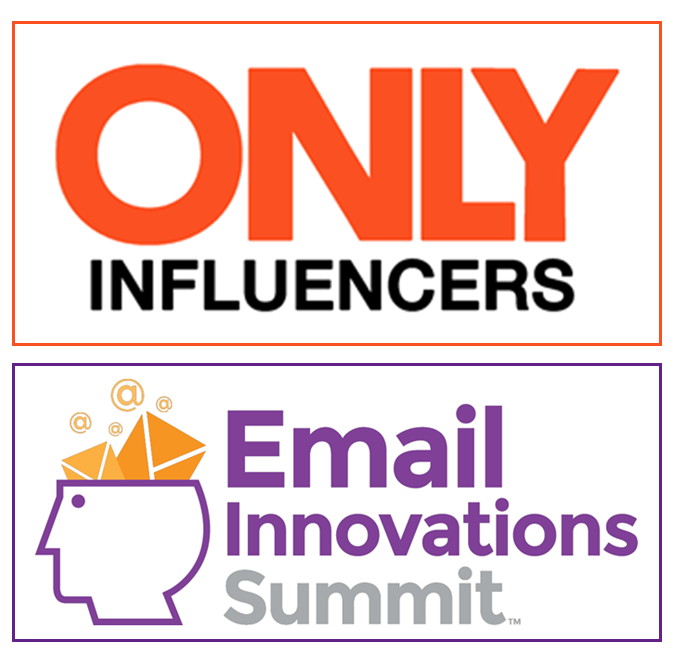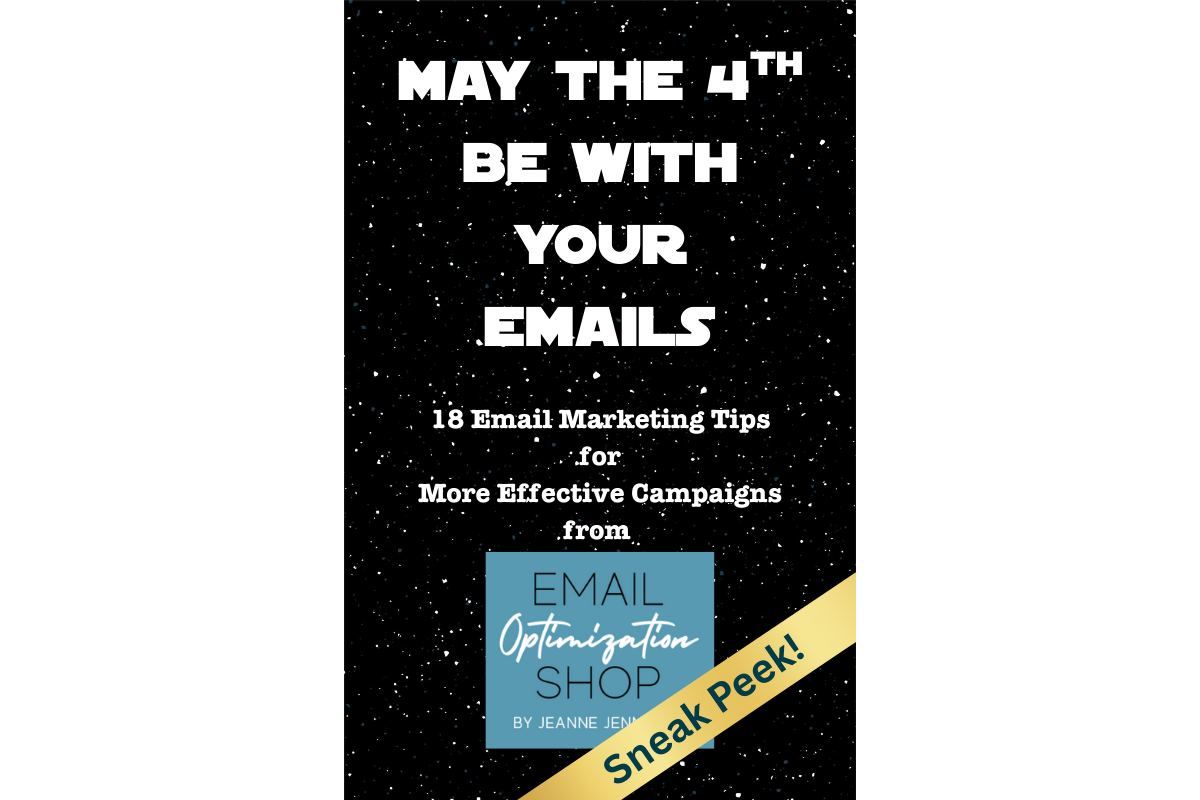There is a place for email nurture series at all stages of the prospect journey. This post is based on work I recently did for a few clients; in one case the nurture series was the first outreach to people with little or no relationship with the sender (yes, the list was not opt-in; we talk about that!).
These five recommendations address the biggest problems I see with initial contact nurture series.
- Tighten your message map
- Focus on cadence
- Use email resends strategically
- Go multi-channel
- Build an opt-in to acquire qualified email addresses in the future
1. Tighten Your Message Map
The best message maps are based on a ‘feature-benefit-advantage’ analysis, along with a healthy dose of ‘how to overcome common objections’ examples.
My message maps look something like this (actual sample):

The key to success here is to specify which topics will be covered and what you’ll say about them. Often times there is no message map or it’s too vague. Message map entries like “instill mild fear” “show expertise” or “why we matter” aren’t specific enough. It’s fine if you want to do the things listed; the key to success is spelling out how you’ll do the things listed.
2. Focus on Cadence
I’m not saying to stress about whether you should leave 2 or 3 days between email messages. I am saying to think about the journey and experience of your recipients and match the cadence to these factors.
I had a client recently that was waiting 2 weeks (14 days) between sends. For them, this was an issue. The people they were emailing had no relationship with them, which was the first problem. Adding to this was the content of messages, many of which had no call-to-action at all. So it was not just instantly forgettable it was confusing — I can see recipients asking themselves ‘Who is this company? And why are they emailing me?’
There’s no one cadence for all email nurture programs. Sometimes one email a week works; other times that’s too frequent or not frequent enough. They key is to determine the frequency that will (a) keep your brand top of mind without (b) bombarding your audience. Few brands, in the early stage of a relationship with email subscribers, will find an every-other-week cadence to be effective.
3. Use Email Resends Strategically
There was a time, a few years ago, when email marketers would identify those who didn’t open the first send and send to those people again. Sometimes it was the exact same email, other times the subject line and/or headline would be changed. This was not a good thing then, and it’s still not a good thing now.
Resending like this risks bombarding your recipients; when every email marketer does it, it dramatically increases traffic in the inbox and has the potential to depress response for everyone.
So don’t do this. But do think strategically about resends. For instance…

These are actual results from a past client of mine; I see this over and over again. You get the best results when you resend to those who clicked but did not convert (whatever your conversion is). This will likely be your smallest group, but these are the people most likely to convert on a second send.
Look at the click-through rate here, 17.4%, which is nearly an 800% lift over the initial send, and which is much, much higher than the other two groups. Yes, the other groups will be larger on the send — but the clicks and conversions are going to be lower than the initial send. And by resending something that did not resonate with them the first time you risk higher unsubscribe rates.
So here are my two recommendations on resends:
- You can resend every email, but only to those who clicked but did not convert
- You can resend to all your subscribers, but only when the results of the initial send were exceptional (read: way above average)
4. Go Multi-Channel
Email is not the only channel out there. It may be the most cost-effective, but it’s not the only channel. Especially in the early stages of a relationship, adding other channels into your mix can help grow the relationship more quickly.
You can certainly do this with direct mail; but in a nurturing situation like this, with qualified prospects who don’t necessarily know anything about your company, phone calls do wonders.
Better than just cold-calling subscribers, focus on those who are the most active; suggest that your sales reps start the discussion based on behavior data gathered from the email series.
What does this mean? If the email recipient clicked on a link to download a white paper, open the discussion with the topic of the white paper. Offer more information on that topic, like a webinar or maybe a private call, for a few key clients and prospects, with the white paper author.
It’s a good idea to have a plan for a rep to call everyone in the nurture series at least once a month; email recipients who are more active should be contacted more frequently.
5. Build an opt-in to acquire qualified email addresses in the future
I understand that many, especially in the B2B world, rely on third parties to provide email addresses of qualified prospects. While this is in compliance with the US CAN-SPAM act, it is in violation of CASL in Canada and GDPR in the EU (note: I am not a lawyer, this is not legal advice).
Even in the United States, where this is legal, it’s a strategy that involves more business risk than opt-in.
When you acquire email addresses from a third party, the people on the list have no relationship with your brand. As a result, your open and click-through rates are likely to be much below industry averages.
It’s not unusual to see lists like this with open rates in the single digits, when the industry average is at 25% or 30%. It’s not unusual to see click-through rates below 1%, when industry averages are running around 2.5%.
So right from the start you’re looking at getting about a third of the performance of an opt-in list, which is usually the best case scenario.
Then there’s the risk of spam complaints, which dramatically increases when you’re not using an opt-in list. If enough people report your email as spam you’ll be blacklisted, meaning that no email sent from your IP address will be delivered. It’s expensive and time-consuming to get off a blacklist once you’re on it.
All of these are reasons to invest a little more in your email acquisition efforts and grow your list via opt-in. The key to success here is to (a) provide an incentive to get people to opt-in and (b) to clearly articulate the value of having an email relationship with your organization — and then deliver on that promise.
Growing your email list isn’t easy — but it’s not as difficult as people think. Here are a few posts from my blog with tips to grow your email list with opt-in:
- #TBT: Email List Growth — Advanced Strategies and Tactics
- 4 Tips for Growing Your Email List with Opt-in
- 3 Ways to Grow Your Opt-in List for Free
There are more articles here — feel free to use the search box at the top right to find them.
Give these tips a try with your email program and let me know how it goes!






